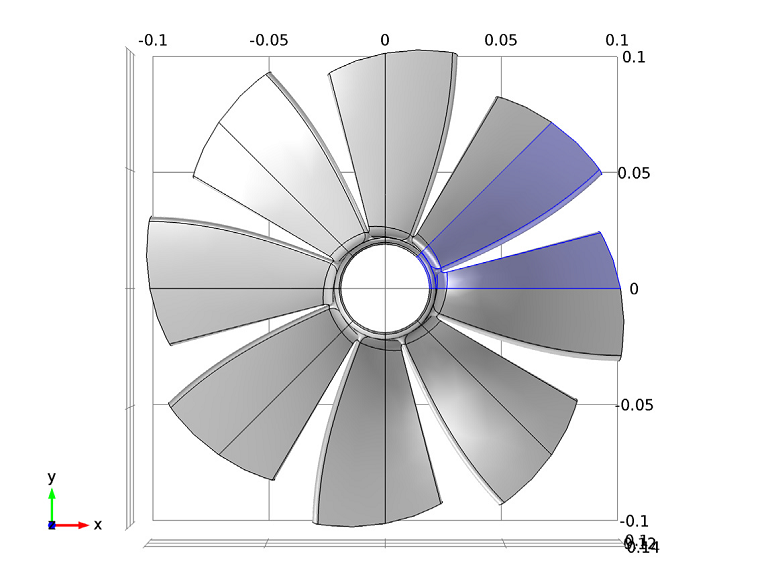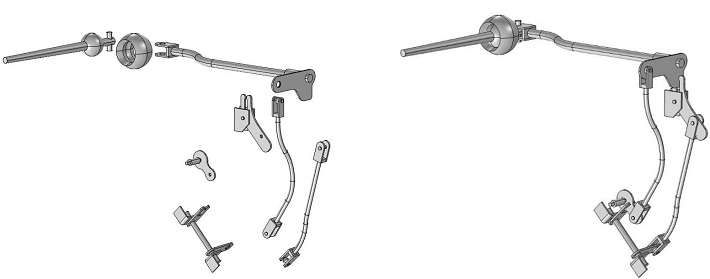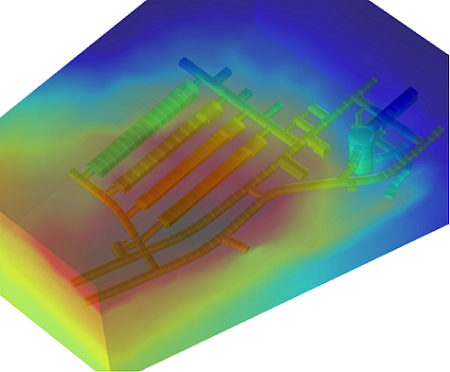Structural Mechanics Blog Posts

Modeling the Hydrostatic Pressure of a Fluid in a Deformable Container
Picture a water balloon being compressed at the center. As you squeeze the balloon, the locations of the highest point and depth of fluid change, altering the hydrostatic pressure distribution.

Computing Stiffness of Linear Elastic Structures: Part 2
Learn how to compute the stiffness of linear elastic structures in 2D and 3D with COMSOL Multiphysics® by implementing the Poisson effect. Part 2 of a 2-part series on computing stiffnesses.

Computing Stiffness of Linear Elastic Structures: Part 1
Learn how to compute the stiffness of linear elastic structures in 1D and 2D by implementing the Timoshenko beam theory in COMSOL Multiphysics®. Part 1 of a 2-part series on computing stiffness.

Using Cyclic Symmetry to Reduce Computation Time
Cyclic symmetry can be more complex for rotationally geometries than it can for axially symmetric geometries. Learn how to implement this feature to cut down on computational memory.

Buckling, When Structures Suddenly Collapse
The easiest way to approach a buckling problem — like a bridge collapse or crushed soda can — is by performing a linearized buckling analysis. See how to do so in COMSOL Multiphysics® here >>

Selecting First Gear: Investigating a Classic Car Gearshift Mechanism
Follow along as we perform a multibody dynamics analysis of the gearshift mechanism in a classic car. Read to hit the road?

Amphos 21: Modeling Coupled Thermo-Hydro-Mechanical-Chemical Phenomena
A guest blogger from Amphos 21, a COMSOL Certified Consultant, discusses the company’s iCP technology for modeling coupled thermo-hydro-mechanical-chemical phenomena.

Computing and Controlling the Volume of a Cavity
See a method for modeling enclosed volumes containing incompressible fluids (under the additional assumption that the momentum and energy transfer via the fluid is small) in COMSOL Multiphysics®.
